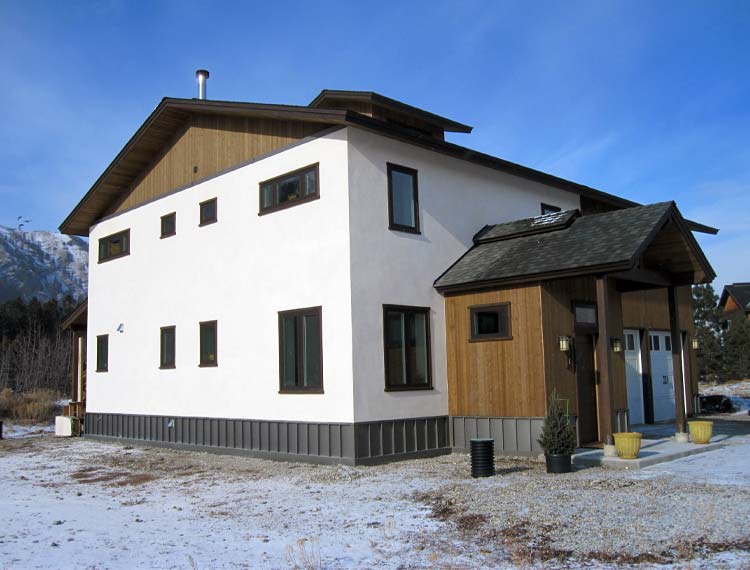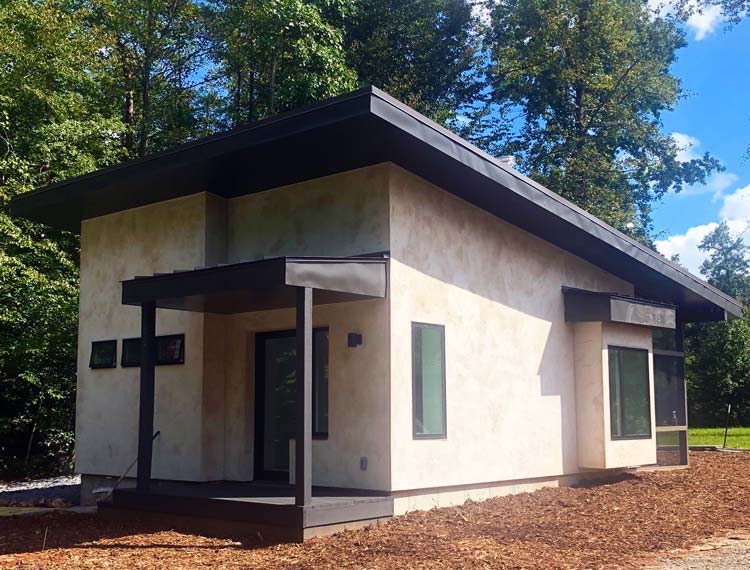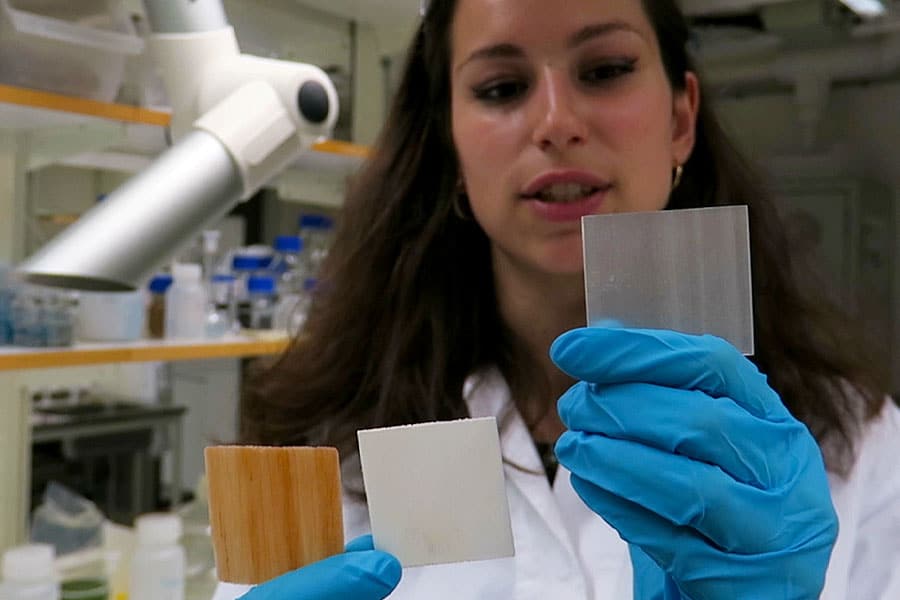The environmental problems with many of the most commonly used contemporary construction methods are well documented. As the industry becomes more conscious of its status as the world’s third largest carbon polluter and moves to change the status quo, the search for more sustainable alternatives to traditional materials has become a major driver of conversation.
An emerging option is Hempcrete, a bio-composite material that can serve as an alternative to traditional lime-cement masonry, reducing the carbon impact of the resulting concrete mixture, while improving its insulator-like and energy-retaining properties and adding a host of additional material specific functional features.
A new lens on historical building techniques
For an emerging construction technology, Hempcrete owes its inspiration to a surprisingly ancient building technique.
“In its most basic form, Hempcrete is perhaps 1,000 years old, maybe a little more,” said Tai Olson, director of operations at US Heritage Group, a Chicago-based company that manufactures and consults on Hempcrete construction projects. “The method of mixing biomass with lime is just as old as ancient forms of adobe or clay straw bricks.”
In fact, this method was famously used to construct The Great Wall of China.

It took a French builder looking to put locally sourced materials to a new use to put a modern Hempcrete spin on these ancient techniques. “There was an engineer in France who was trying to do restoration and updating of old French farmhouses,” Olson said.
Searching for local materials to reduce his construction costs, the builder discovered that local farmers were an abundant source of hemp cores left over from the industrial harvest process.
“He found that he could mix the ground up hemp stalks from the local farms with lime in order to make a pretty good insulating material to do some infill,” Olson said, leading to the creation of an early form of Hempcrete.
The unique properties of hemp
The architect’s use of hemp as a building material may have been based more on regional availability than any master plan, but it turns out that he stumbled upon an organic material whose properties make it uniquely suitable for use in the creation of sustainable, livable construction.
“Hemp cell structure is full of very fine micro tubes, small capillaries that pass through the hemp hurd,” Olson said. “It makes it so it’s a very permeable, very breathable system, but also allows it to store quite a lot of moisture within the cell structure of the hemp without it saturating into water. That cell structure lets it pass water through it very easily, and also retain a bit of water to help with thermal inertia.”
These microtubes make buildings constructed with Hempcrete more temperature stable by creating what is essentially a microbiome within the structure of the material.
“Hempcrete is a fully permeable building material, meaning that while it will stop liquid water from passing through the wall, it has fully open vapor transmission,” Olson said. “The gaseous water that flows through buildings in the form of humidity and steam is able to flow into the wall, pass through it and escape on the other side without really condensing or having a dewpoint form within the body of the wall itself.”
These natural structures create a passive humidity control system that reduces the accumulation of moisture, dramatically cutting down on occurrences of problems like molds and rot, and making it an ideal material for wet and temperature variable climates. It also works to create thermal inertia, a closed system where the water vapor acts as a heat sink and prevents the transfer of heating or cooling through the structure.

“The water within the wall will actually stop the temperature change from passing all the way through the wall before it relieves itself, and that temperature change will go out in the same direction it came in,” Olson said. “What Hempcrete really does is it creates a very, very stable indoor condition, and so variations in your outdoor temperatures have a much lower impact on the interior living space.”
Diverse environmental advantages
One of Hempcrete’s primary environmental advantages is the degree to which it reduces energy consumption in the buildings it’s used to construct, significantly reducing heating and cooling costs over the lifecycle of a building. But there are advantages on the manufacturing side as well.
“Hempcrete creates significantly less greenhouse gas emissions compared to concrete,” Olson said. “The amount of carbon dioxide that’s released by lime in its manufacturing is completely reclaimed during its curing process. You actually are embodying a large amount of greenhouse gas and carbon dioxide in the curing process”—a process known as the lime cycle.
In addition to the reduced carbon output of the material’s manufacturing process, the organic base of Hempcrete means that it actually absorbs carbon from the environment as it grows. Hemp is excellent at carbon sequestration, sucking up an estimated ten tons of carbon per acre.
In fact, some futurologists have suggested that mass planting of hemp and increased use of hemp in construction could provide an unexpected solution to climate change. Because of its unique properties as a carbon sink, Olson said that “most Hempcrete houses will have a negative carbon footprint.”
As the United States continues to expand the farming of industrial hemp, after the legalization of its growth in 2018, Hempcrete will become increasingly easy to source and manufacture. And thanks to its unique combination of eco-friendly properties, we can expect to see a growth in the use of this unusual material.












